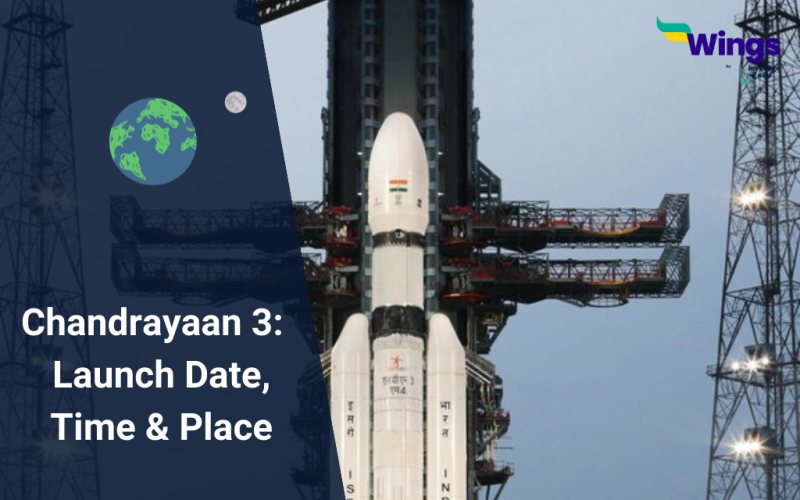It’s a historic day for India as it successfully launched its third lunar mission, Chandrayaan 3. The spacecraft builds on the legacy of Chandrayaan 1 and Chandrayaan 2, which made significant contributions to lunar science, such as finding traces of water, mapping the lunar topography and circling the Moon. This blog will give you all the details about Chandrayaan 3 launch date, time and place, and why it is important for India and the world. Read on to know more!
Table of Contents
What is Chandrayaan 3?
Part of the Chandrayaan Programme, an ambitious series of ongoing outer space missions conducted by the Indian Space Research Organization (ISRO), Chandrayaan 3 is the third phase of India’s journey to the Moon. This mission is India’s second attempt to achieve a soft landing on the Moon and deploy a rover to explore its surface and conduct scientific experiments to understand the lunar environment and resources.
Must Read: Time Taken by Chandrayaan-3 to Reach the Moon
Chandrayaan 3 Launch Date, Time, and Place
Here’s all you need to know about Chandrayaan 3 launch date, time and place:
- Chandrayaan 3 was launched today on 14 July 2023.
- It was launched at 2:35 pm IST (Indian Standard Time).
- The take-off took place from the Satish Dhawan Space Centre in Sriharikota, Andhra Pradesh.
- The Launch Mark Vehicle (LVM3), aka Geosynchronous Satellite Launch Vehicle Mark III (GSLV Mk III), India’s largest and most powerful rocket, carried the Chandrayaan 3 to space.
The aim of this mission is to soft-land Chandrayaan 3’s lander on the South Pole of the Moon. If it’s a success, then it will make India the first country to land a spacecraft on the Moon’s previously unexplored South Pole.
Also Read: Which is the Smallest Planet in the Solar System?
Why is Chandrayaan 3 Important to India?
Here’s why the Chandrayaan 3 mission holds significance for India and the world:
- Global Power: It will showcase India’s technological capability and innovation in space exploration, especially in achieving a soft landing on the Moon, which only three countries have done so far.
- Research: It will enhance India’s scientific knowledge and understanding of the Moon, its environment and its resources, particularly in the unexplored south-polar region, which may have water ice and other minerals of interest.
- Future missions: It will contribute to India’s future plans for lunar exploration and exploitation, such as establishing a permanent base, mining resources, or testing technologies for interplanetary missions.
- Academic Excellence: It will inspire young Indians to pursue careers in science, technology, engineering and mathematics (STEM) fields and foster a culture of curiosity and discovery.
- Global Reputation: It will strengthen India’s international reputation and cooperation in space activities, as well as promote peaceful uses of outer space for the benefit of humanity.
Also Read: What is the Distance Between Earth and Sun?
We hope that you have learnt the answer to the questions related to Chandrayaan 3 launch date, time and place. If you are preparing for government jobs and want to improve the GK section then keep following the General Knowledge page of Leverage Edu.
 One app for all your study abroad needs
One app for all your study abroad needs













